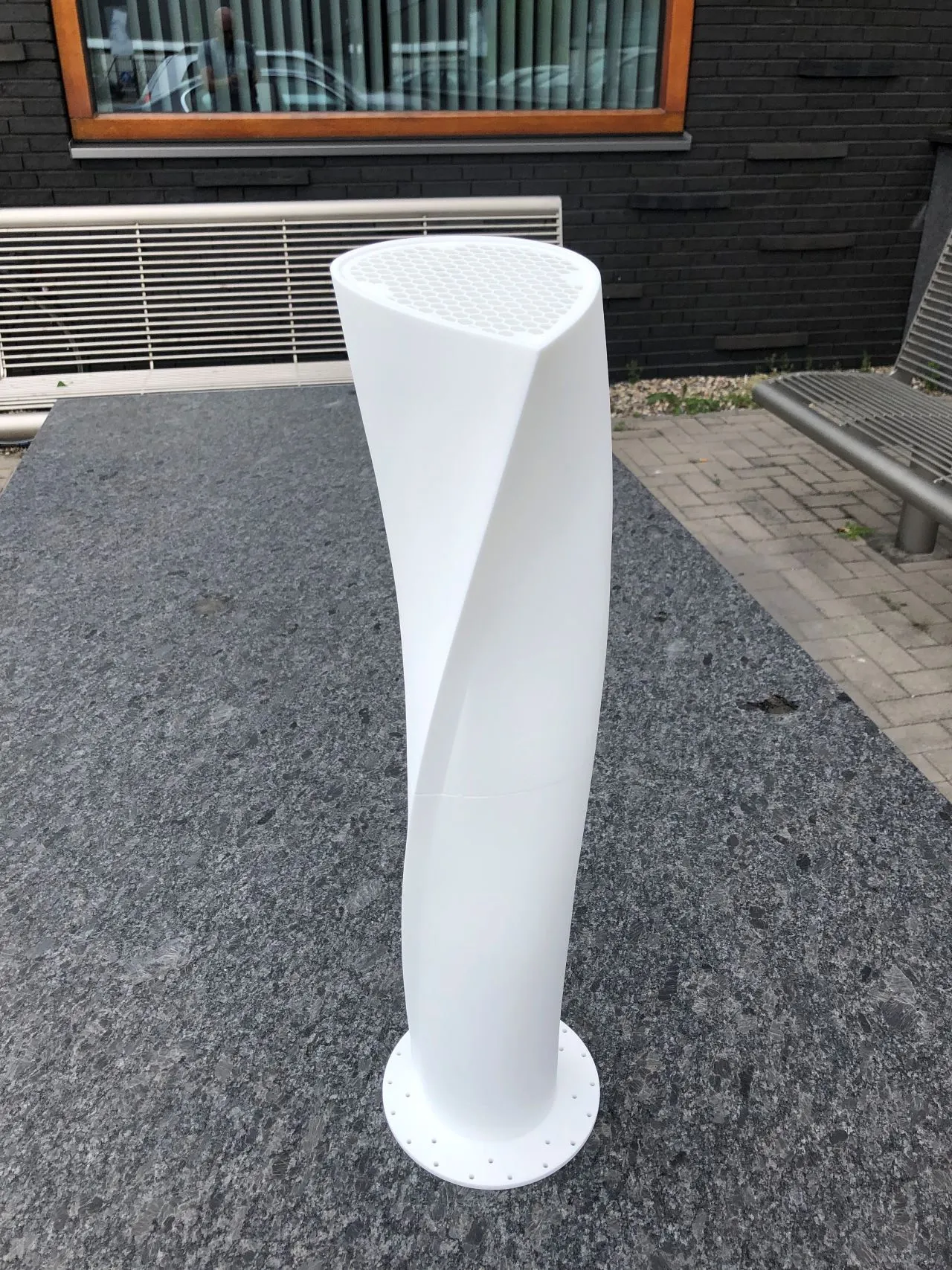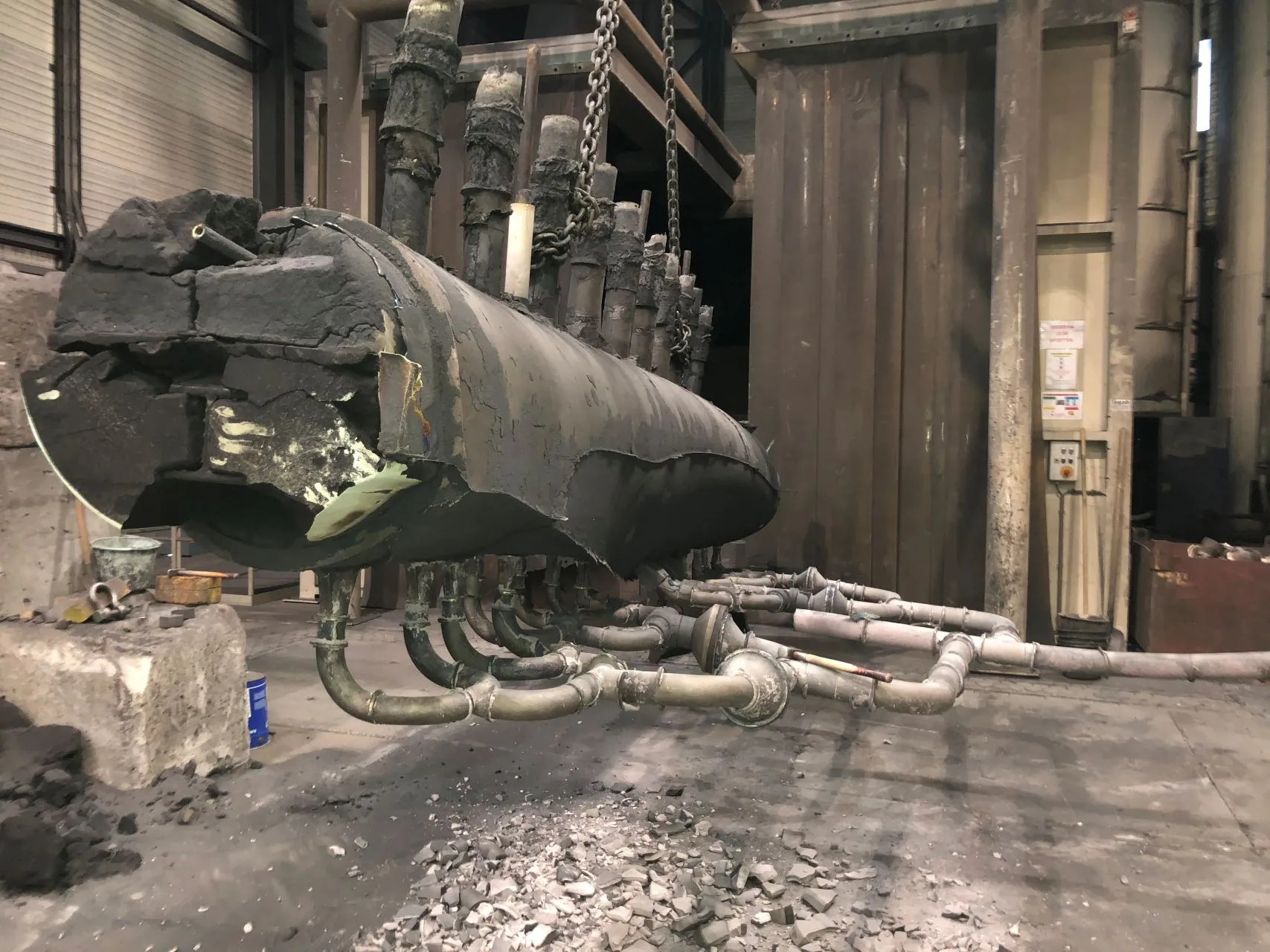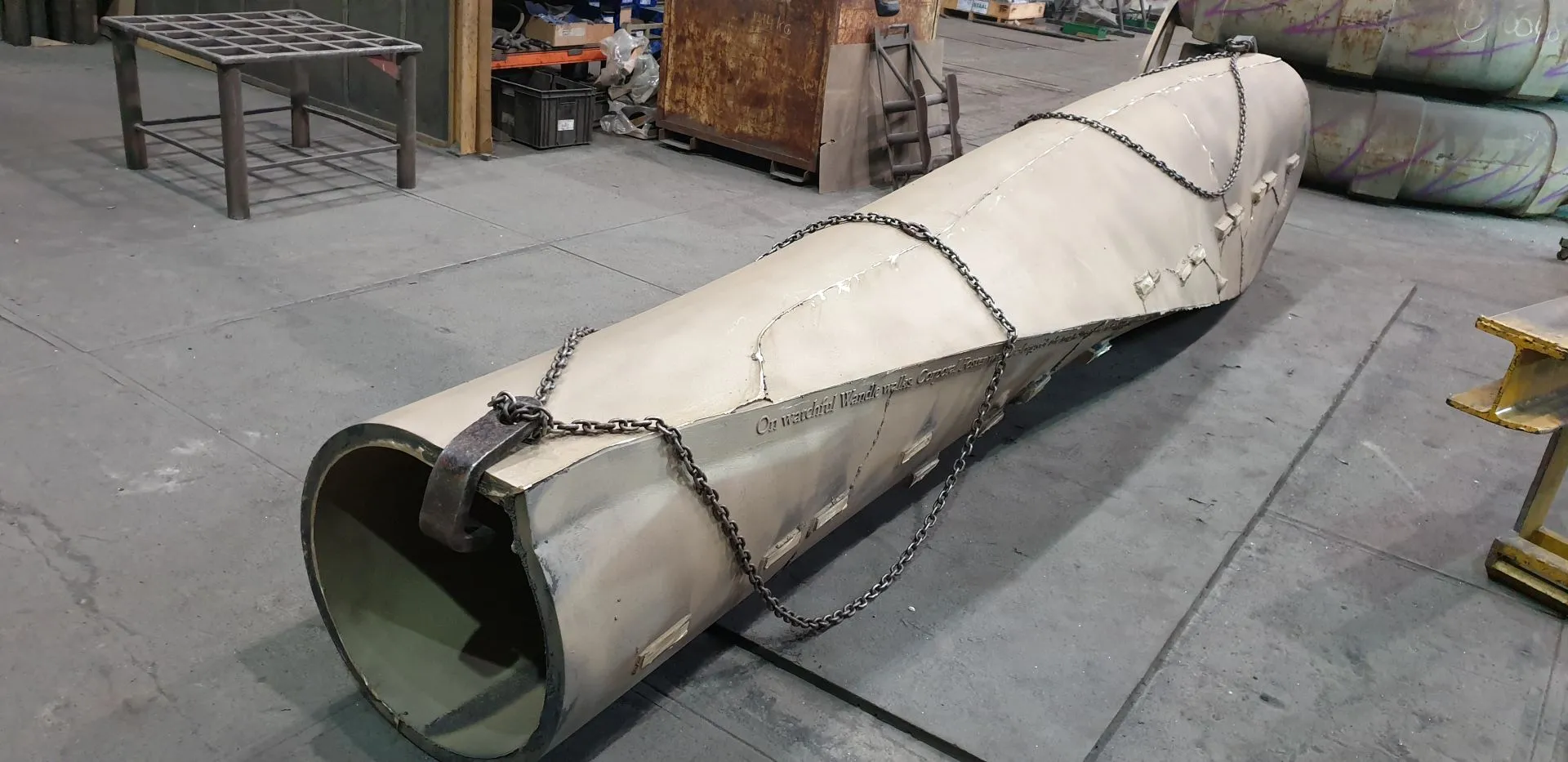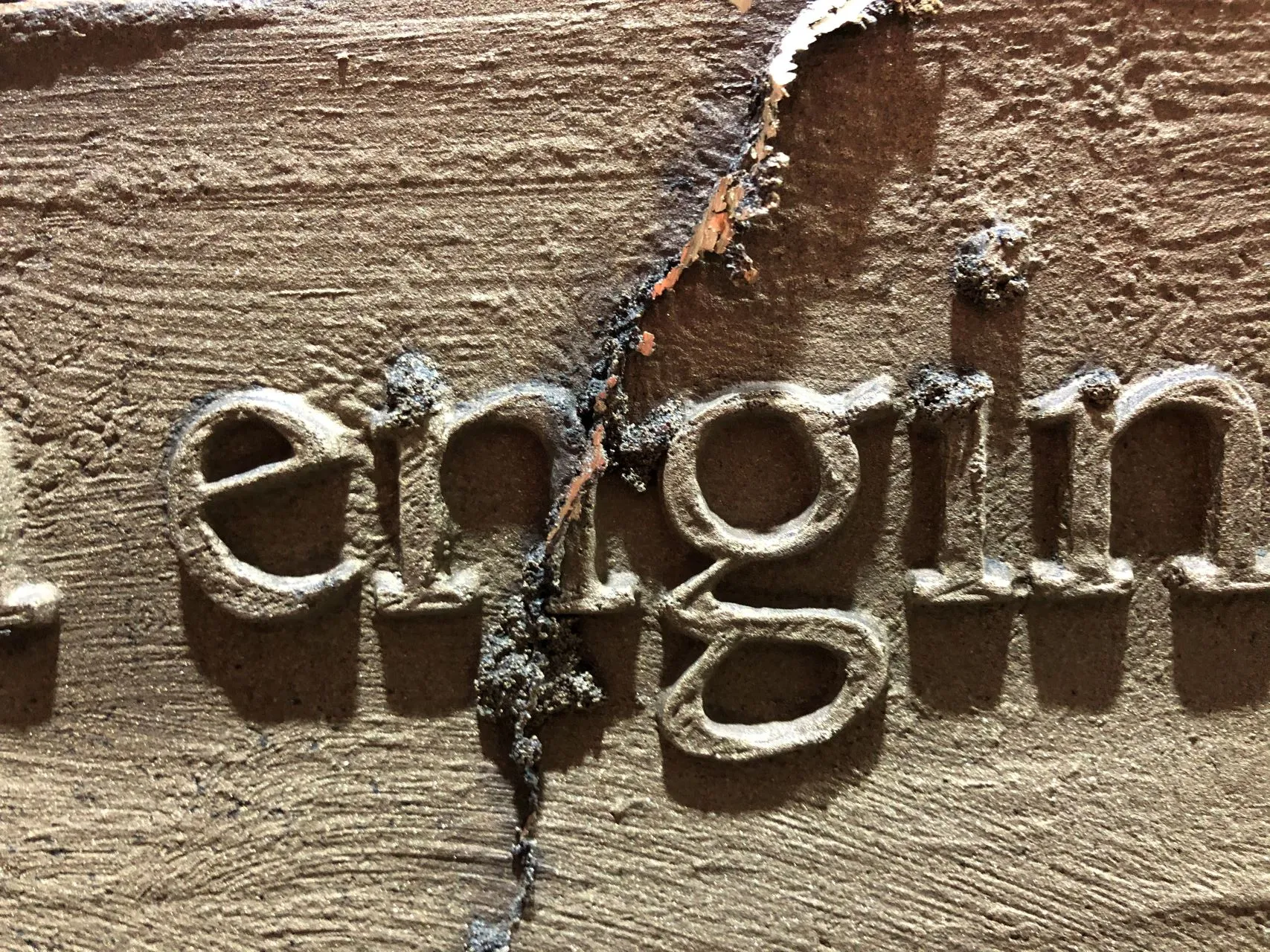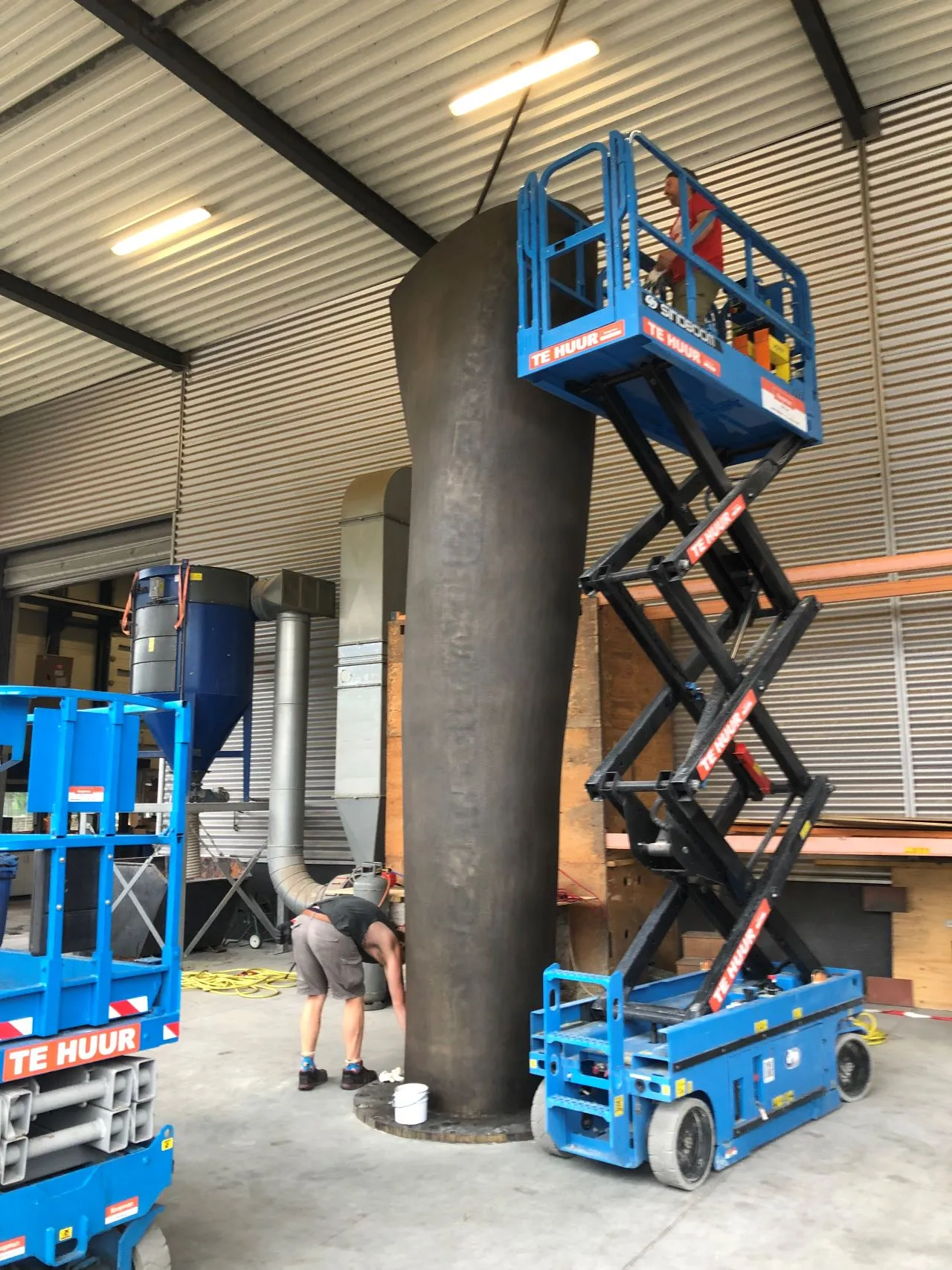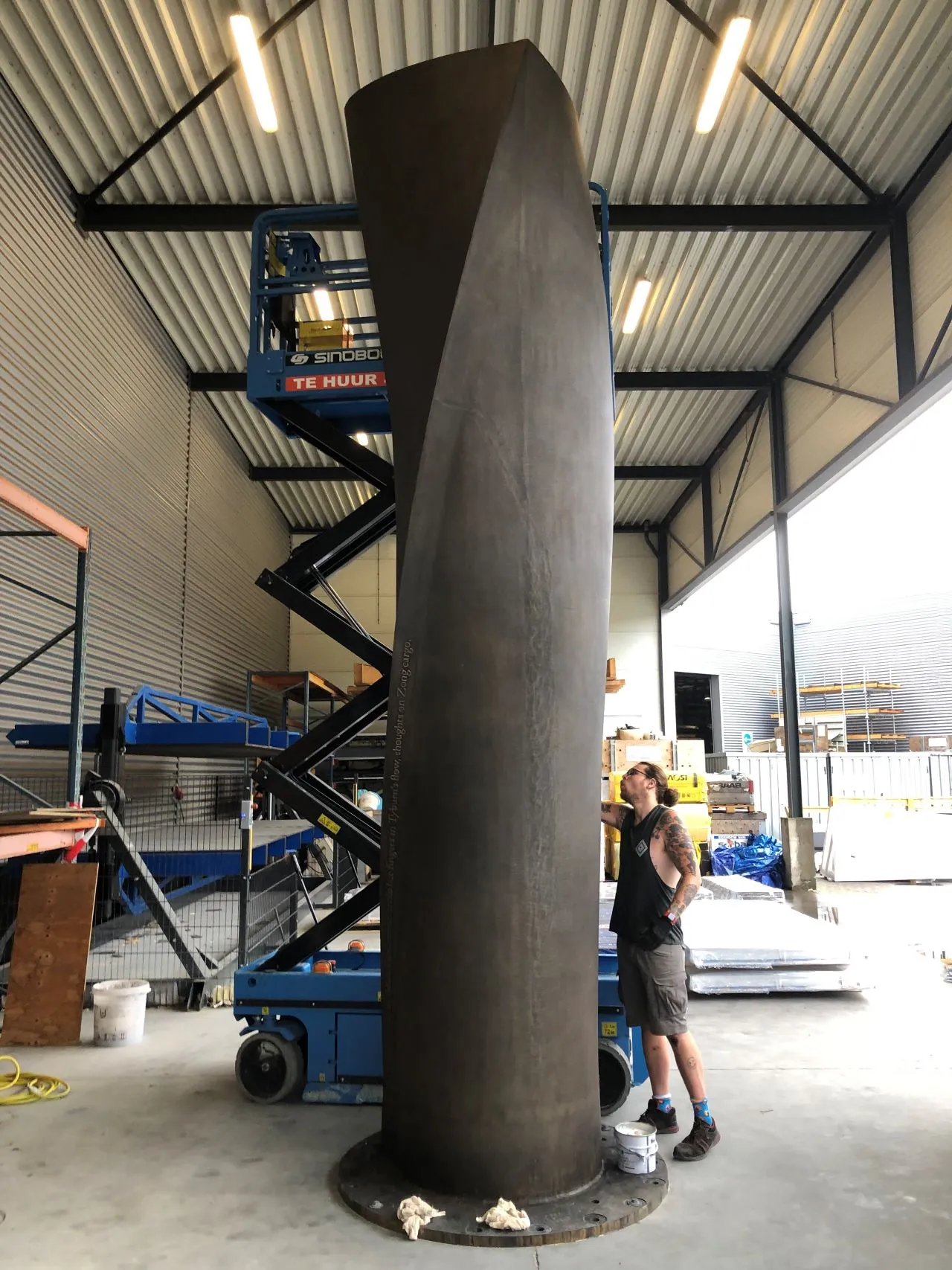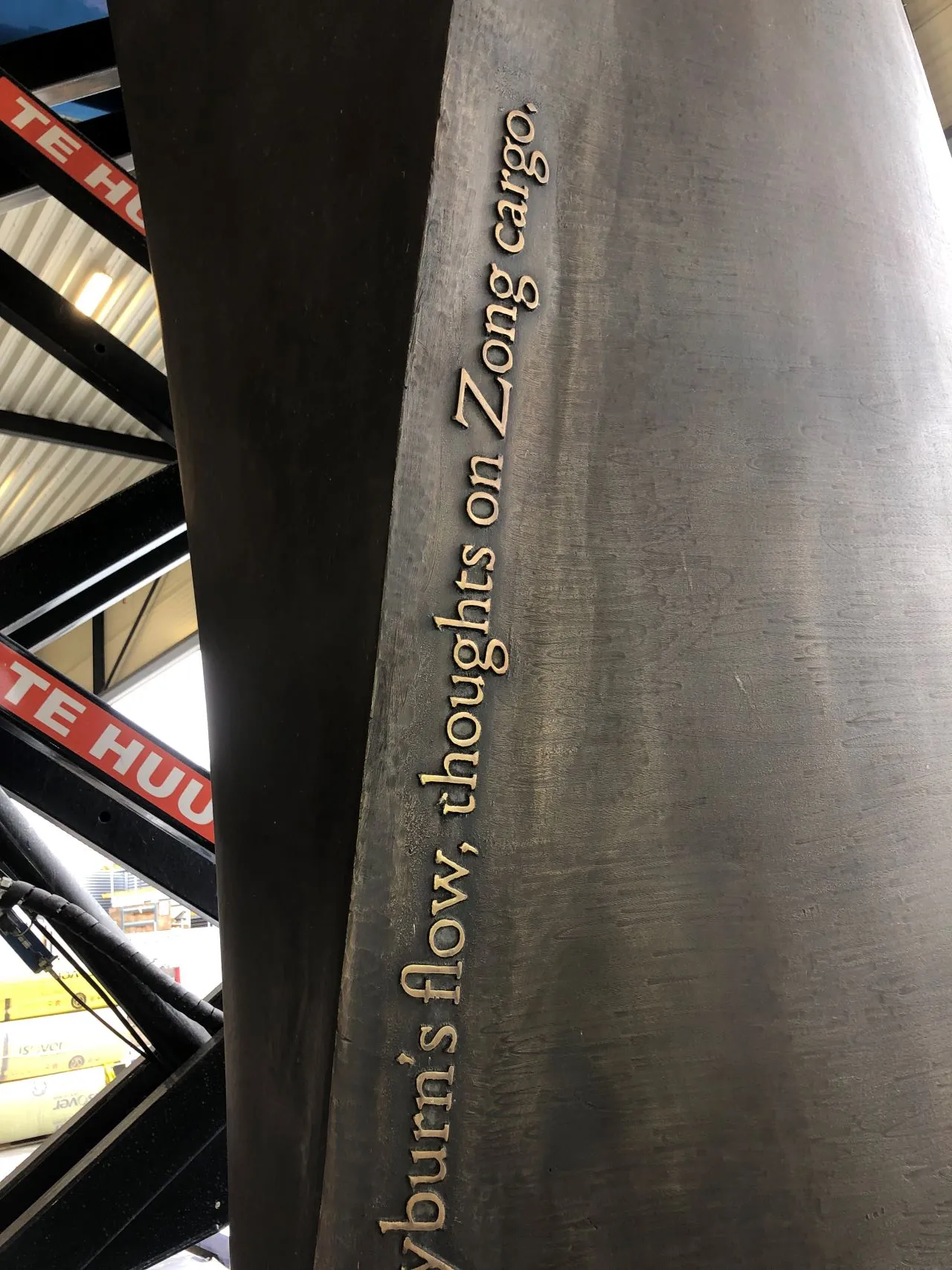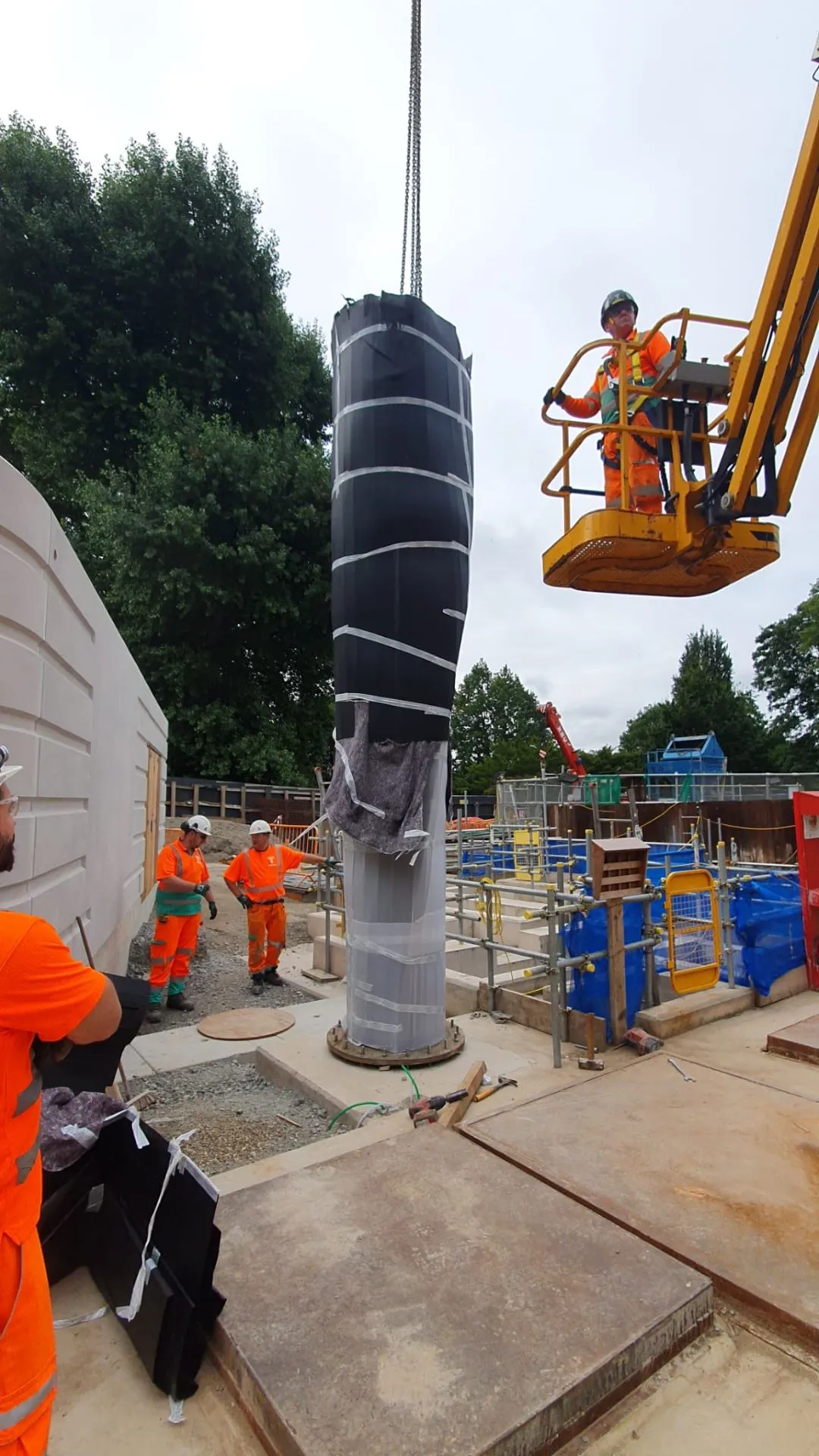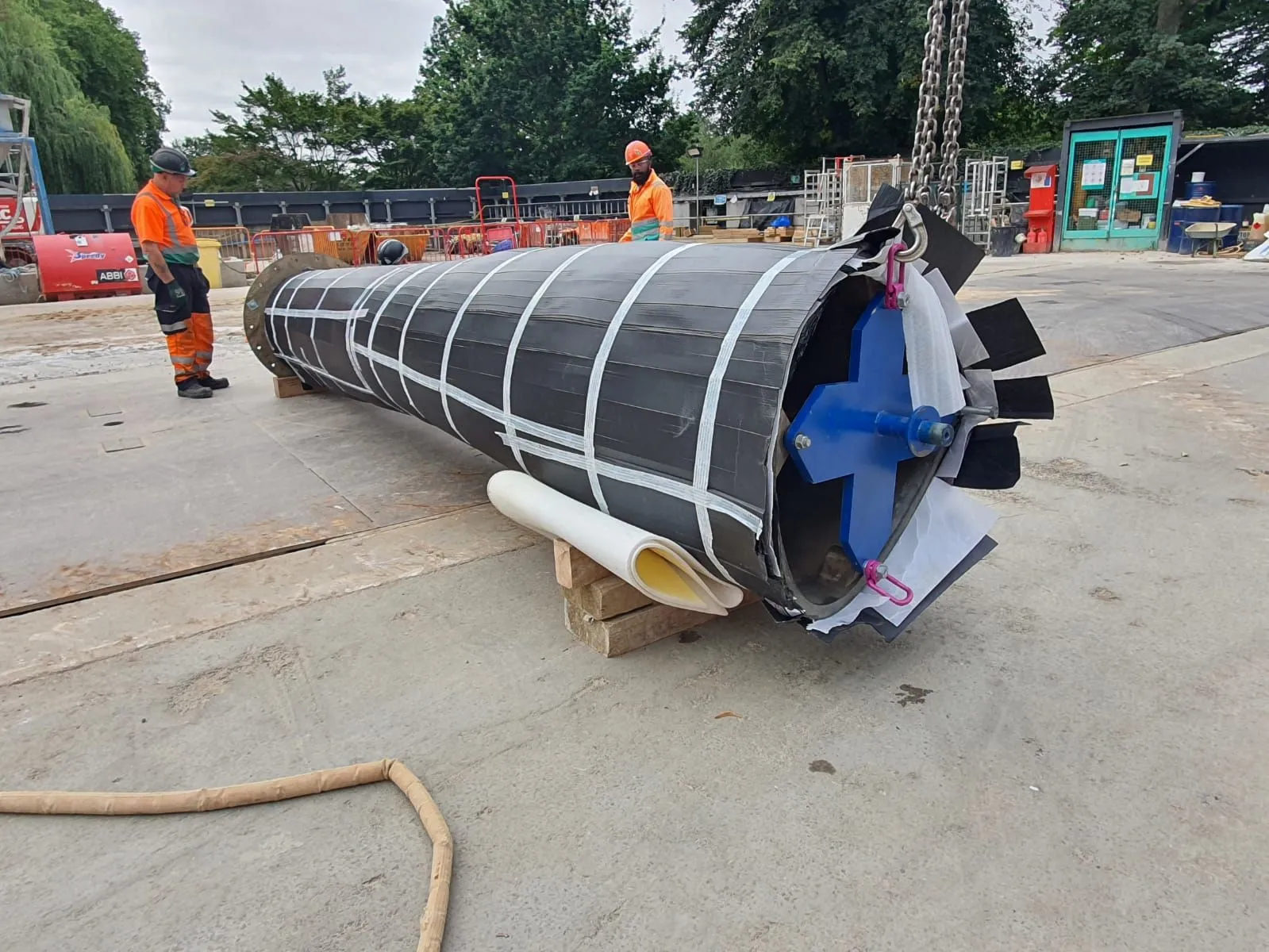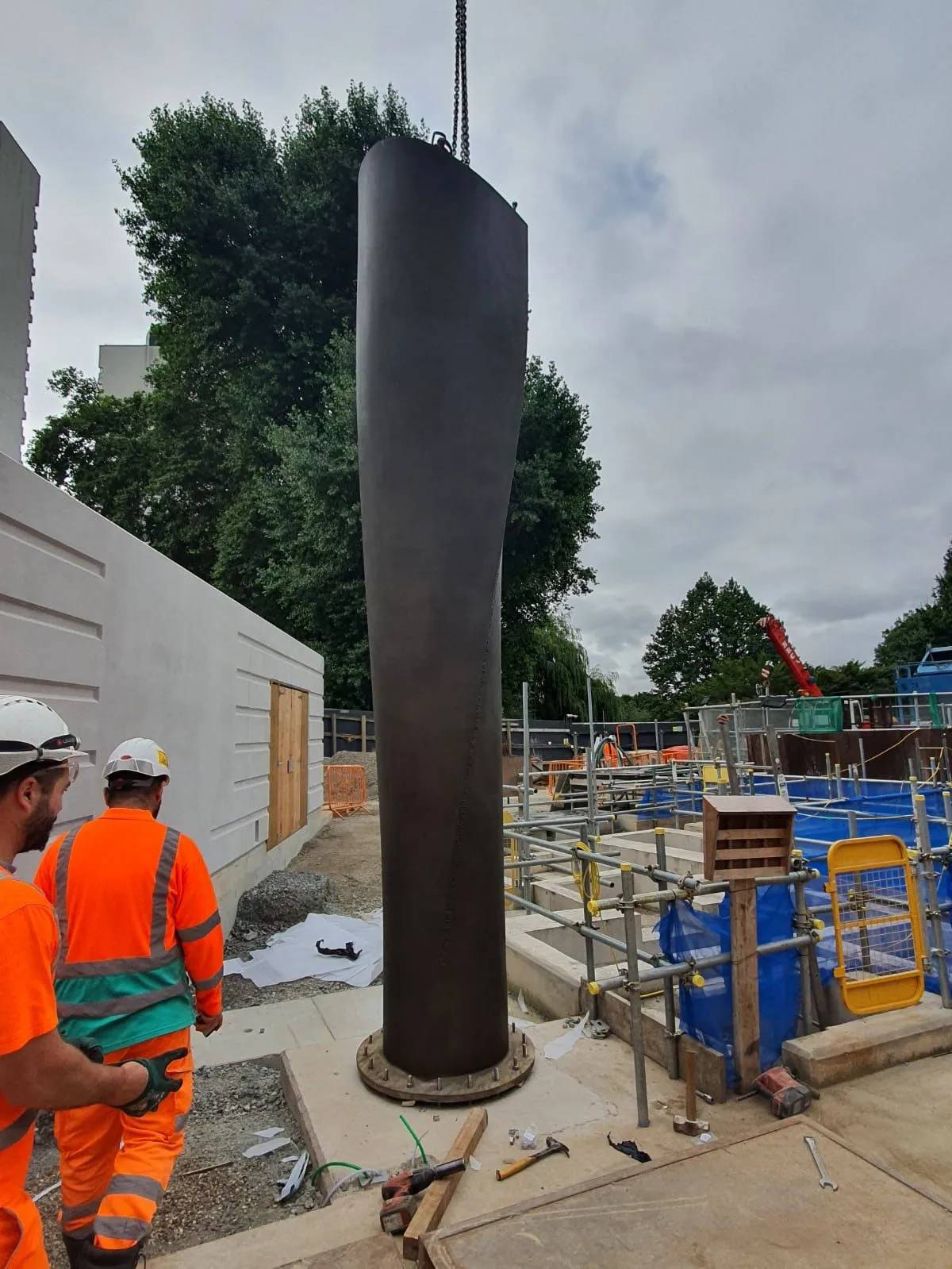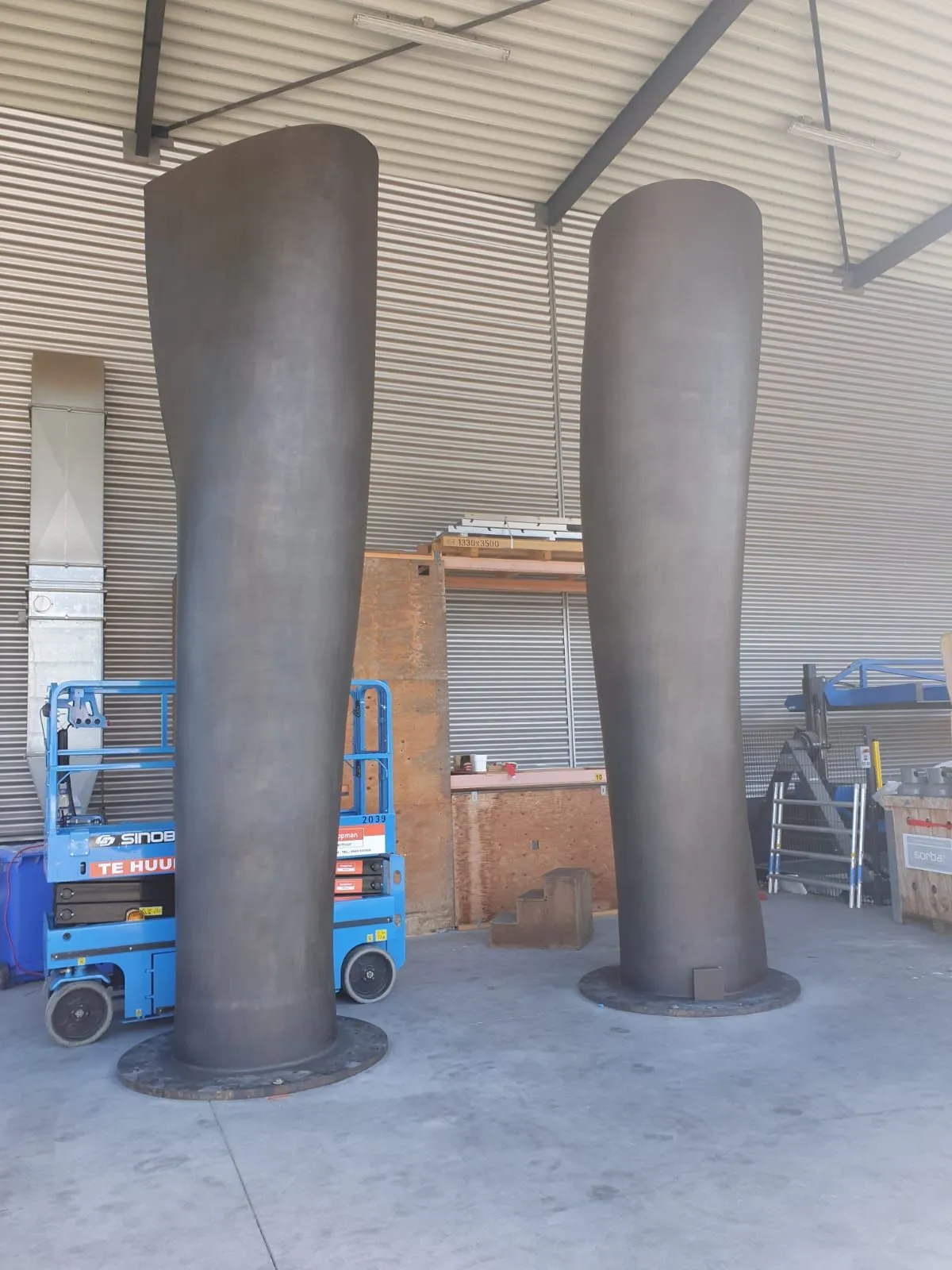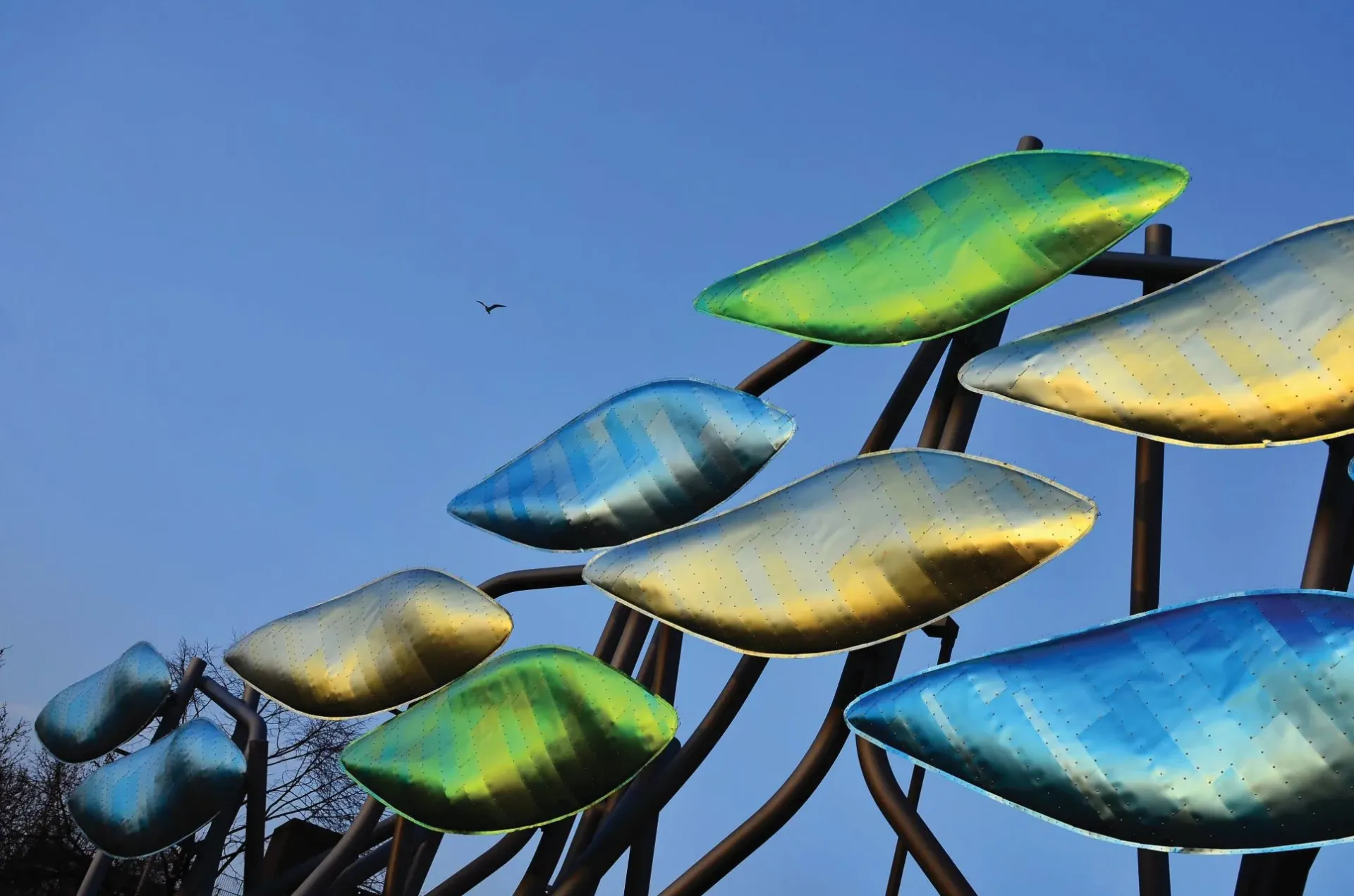“Streams of Change: The Thames Tideway Project”
Like many old cities around the world, most of London has a combined sewerage system. This means that the sewers not only collect sewage from toilets, sinks, showers and washing machines, etc., but also rainwater. The current system is a large brick tunnel system of some 1,100 km, built in the 19th century and it partly follows the course of the old tributaries of the Thames. However, this old system is no longer up to the task of dealing with all that passes through the sewers in modern London. The annoying consequence of the fact that the 2 streams are not separated is that even a little rain causes the system to overflow and discharge sewage into the Thames. This makes it one of the last major sources of pollution.
River of Renewal
In 2016, therefore, work began on the construction of a revolutionary new sewer tunnel system with much more capacity, but also with separate stormwater drainage. This gigantic project should be fully completed by 2025.
But until then, there is still much to do, including for Sorba. But what can Sorba do when building a sewer system?
An oasis in the middle of the city
At several locations where sewage is currently discharged into the Thames, there will soon be so-called interceptor tunnels. These are tunnels that “intercept” the old sewer and lead it to the new sewer and from there to the treatment plants. At several of these locations, a piece of river will be “reclaimed” by means of a dam. Now this is to drill a large shaft towards the tunnel, soon when the project is finished, this piece of reclaimed land, will become a fantastic relaxation spot by the river. Benches to sit and look out over the water, flowers and plants that provide shade via a pergola, art and no visible industrial building in front of the sewage installations because the design of these will be included in the total. Artists have been asked to design these small boulevards, giving each location its own interpretation. Often, the history of the site is included in the design.
Art and utility?
Artists have been asked to design these small boulevards, giving each location its own interpretation. Often, the history of the place is included in the design.
Some of these locations will have ventilation points for the discharge of sewage gases. Normally, these are industrial pipes that primarily have a useful function. In this project, these columns have a functional application but are stylistically a work of art.
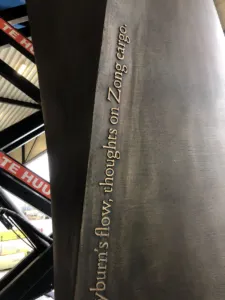
Thames Tideway: functional art
The columns are designed with a strip of poetry that has as its theme the (former) tributaries of the Thames. A ‘Poetry commission’ has created lines of poetry that will lie on the surface of the column. The font chosen is ‘DOVE’. A font that also has a link to the Thames – printing letters from a printing company were allegedly thrown into the Thames after a dispute and were recovered a century later.
Sorba is experienced in projects involving bronze. This one of the reasons we were asked to carry out this project. The columns are so large that few foundries can handle them. We found a partner in Van Voorden Foundry who can handle this job. Not only is the size of the columns a challenge, the choice of material used is also crucial. The required lifespan for the column is 120 years, during which it will be exposed to aggressive sewer gases. Ultimately, the highly durable Aluminium-Bronze alloy that is also used for e.g. ship propellers was chosen.
Sorba’s remarkable role
Sorba plans and supervises the entire logistics and process of casting the columns in bronze. This involved devising solutions for casting the columns, facing the letters, using the right typeface and more. There is a lot to tell about this project and in the near future, we will share the special stories that come with it. Keep an eye on our website and social media for that. If you already want to read more about the Thames Tideway project, you can do so here: www.tideway.london
